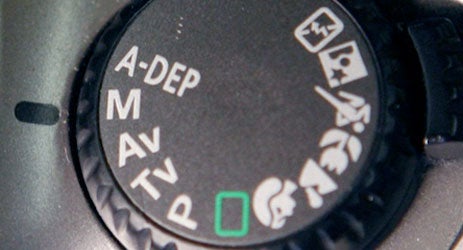 |
| 1/250 ISO 800 by: photographylife |
Shutter speed will usually double-- 1/8, 1/15, 1/30, 1/60, 1/120, etc. Keep in mind that as you increase shutter speed by one step, make sure that you decrease aperture by one stop as well to give you a similar exposure. Increasing shutter speed without without changing aperture will result to a dark picture because the amount of light the comes inside the camera is very short.
There's is a "B" (bulb) option for shutter speed, it means that as long as you hold the shutter down, the shutter will remain open until you release it. The Bulb option is basically having your own shutter speed, but not a lot of photographers use that because it results to a blurry picture.
Tips:
- When taking a picture less than 1/30, make sure to use a tripod to avoid blurry pictures
- When taking pictures with city lights, I recommend taking pictures at night. It'll give you the perfect color contrasts. Use a low shutter speed (1/8 or lower) and decrease the aperture to the lowest as possible. Bring a tripod.
- Use a fast shutter speed when taking action pictures to freeze the moment.
- If you want to take pictures of the car lights at night, make sure that the shutter speed is at 30" (30 sec). Don't touch the camera because it will ruin the picture. You need to be really patient when taking a picture like that. It'll result to this:
 |
| By: Wallpapervortex |








